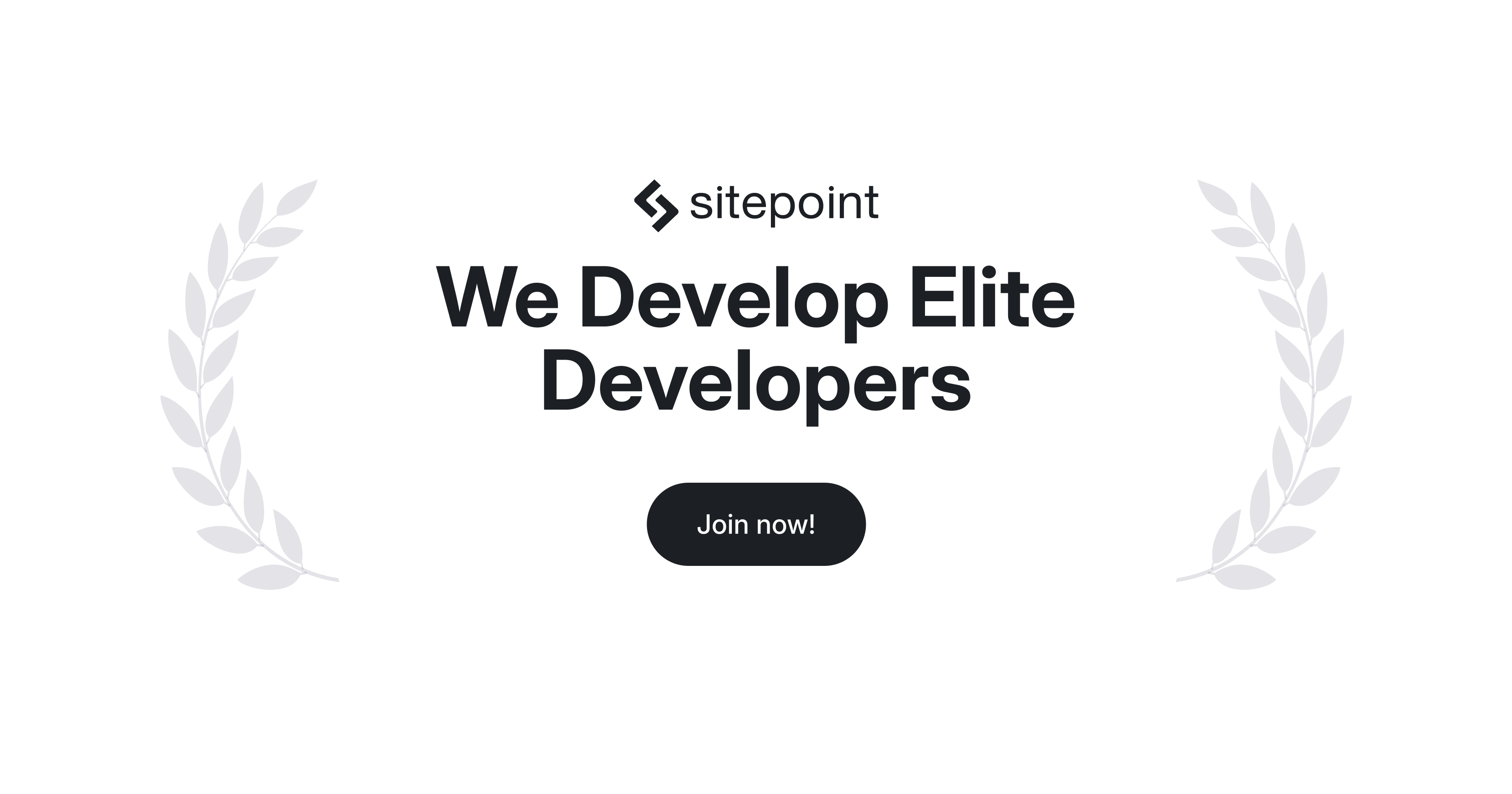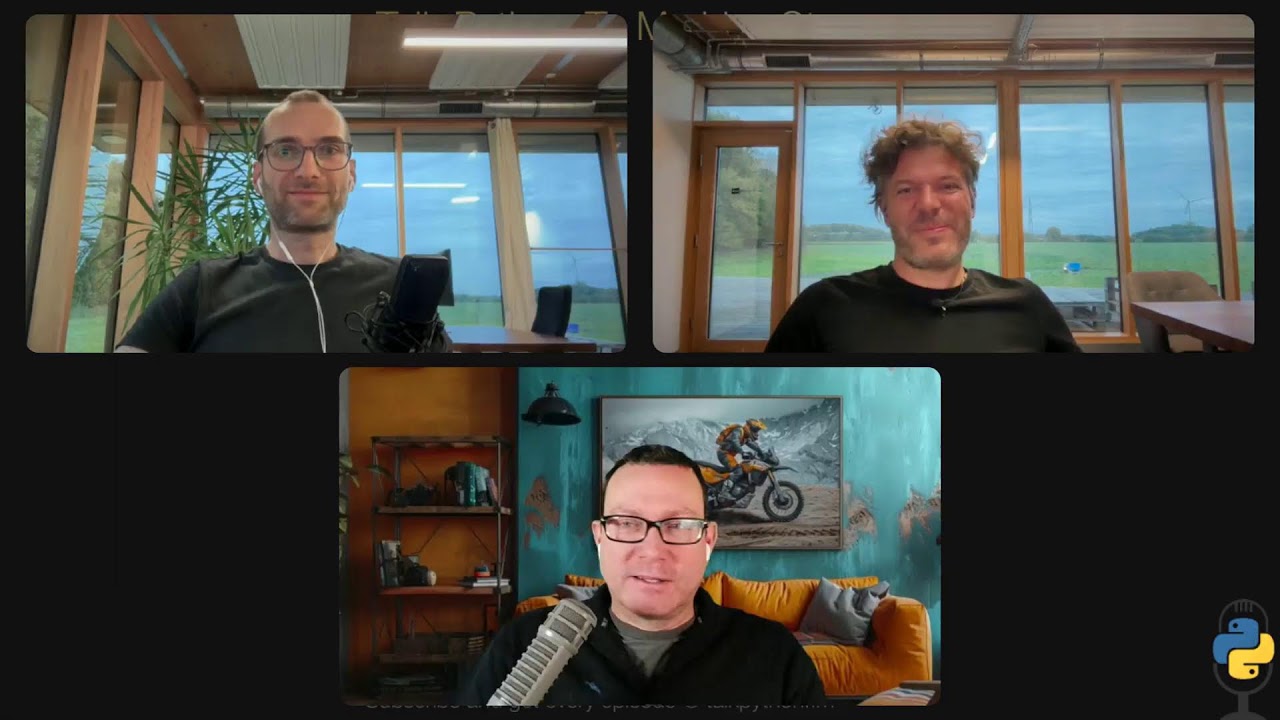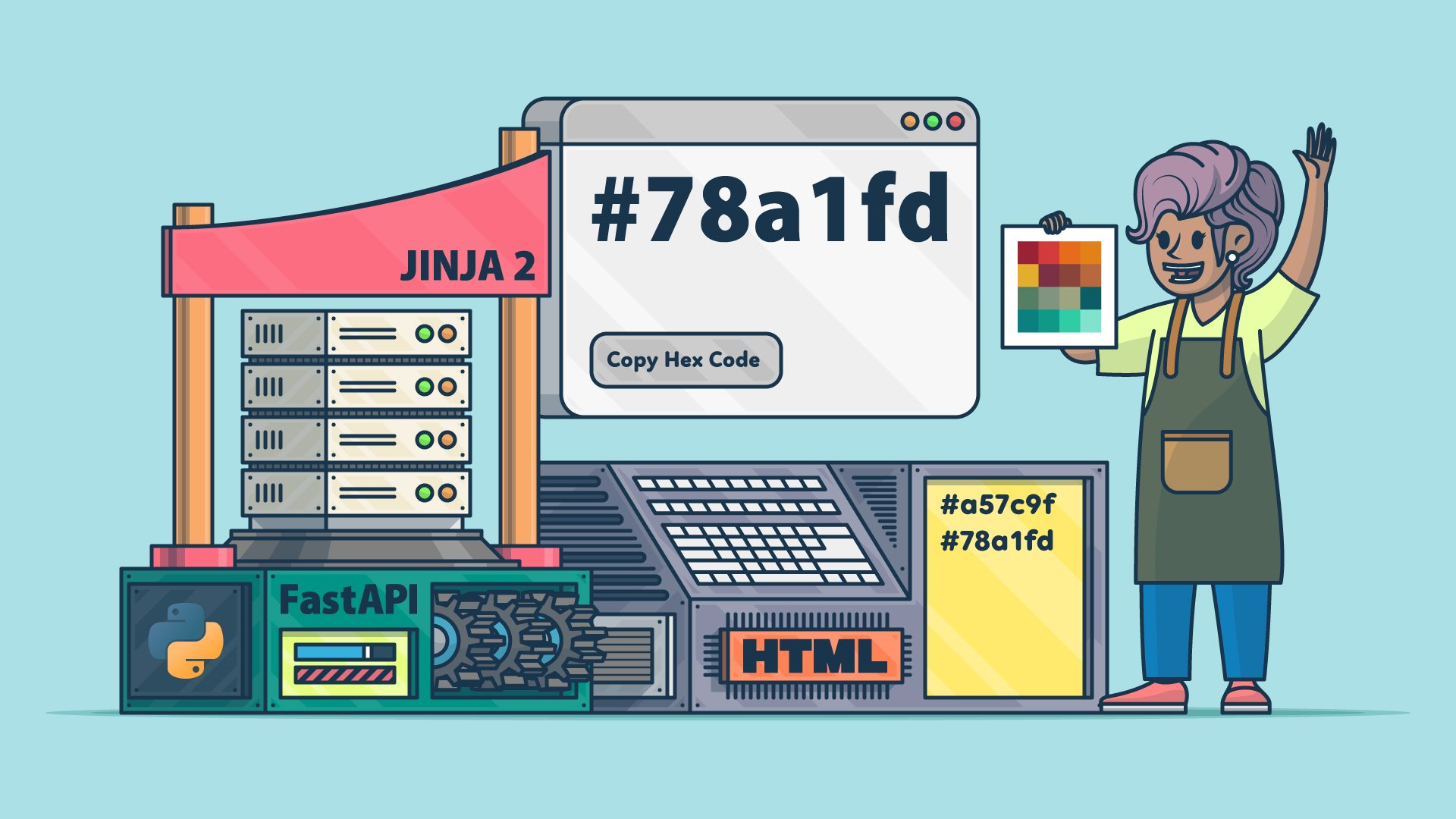fromInfoQ
4 days agooRPC Releases Version 1.0 with OpenAPI Support and End to End Type Safety
At the core of oRPC's design philosophy is what the team calls "powerful simplicity." Developers can define API endpoints with a syntax that feels similar to writing standard functions, while automatically gaining production features like OpenAPI specification generation, server action compatibility, and contract-first workflow support. The library supports multiple schema validators out of the box, including Zod, Valibot, and ArkType, without requiring additional configuration.
Web frameworks














